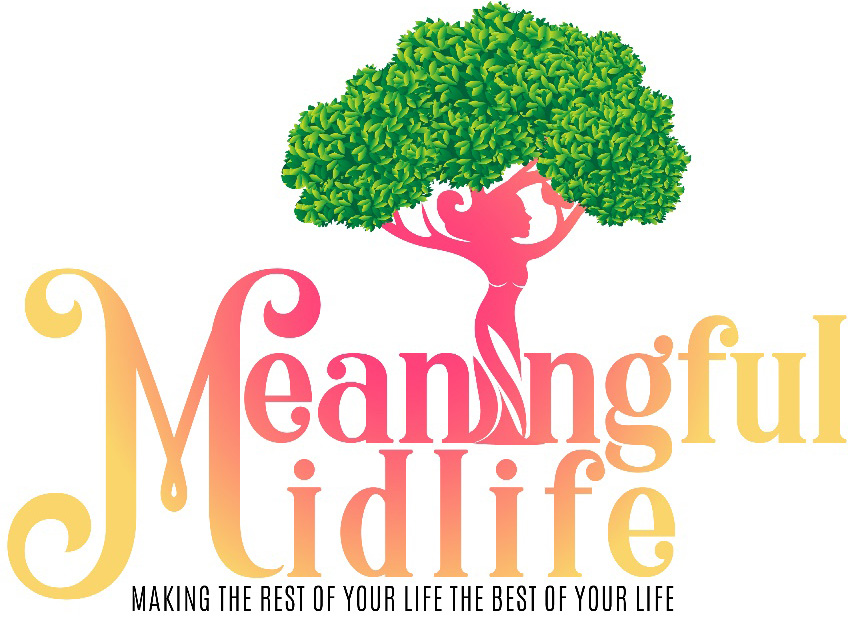Ever leave a doctor’s office feeling unheard? I know I have.
Vitals checked, prescription in hand – but no space to talk about your stress or lack of sleep. That’s the gap holistic care addresses. It focuses on the whole person, not just the chart.
With mental health now a major public concern and burnout on the rise, people want more from their care. Nurses, especially Nurse Practioners are rising to meet that need, offering connection, context, and compassion.
Leading in holistic care means seeing beyond symptoms. It’s about treating the full picture – mind, body, and life circumstances.
In this blog, we will share what it takes to lead in holistic care, why nurses are key to this shift, and how education is evolving to support a more complete model of healing.
Why Nurses Are Built for Whole-Person Care
Nurses have always seen more than symptoms. They notice how a patient moves, talks, and reacts. They pick up on small things that can reveal big issues. That’s because nursing isn’t just about tasks; it’s about connection.
In recent years, that connection has become even more important. People are overwhelmed, anxious and stressed-out Mental health concerns are rising. Social isolation is taking a toll. And while technology helps in many ways, it can also make care feel less personal.
Nurses often bridge that gap. They explain, comfort, and advocate. They know that healing isn’t just physical; it’s emotional and social too.
But this kind of holistic care takes advanced training. More nurses are seeking advanced education that blends clinical knowledge with mental health expertise. That’s why many choose MSN psychiatric nurse practitioner programs online to expand their skills and make a bigger impact. These programs prepare nurses to address both mental and physical health in a way that reflects how people actually live.
And with online options, more working nurses can access this kind of training without stepping away from their jobs or communities. That flexibility matters – especially now. Because as society rethinks what healthcare should look like, it’s clear: the future needs more leaders who can treat the whole person, not just the symptoms.
What Real Leadership Looks Like in Care
Leadership in holistic care doesn’t mean wearing a fancy badge or giving orders. It means knowing when to pause, when to ask the deeper question, when to stay in the room a little longer. In a system that often rushes through appointments, these small choices stand out. They build trust. They help people open up. And they often lead to better outcomes.
The Rise of Mental Health in Everyday Healthcare
Not long ago, mental health was treated like a side issue. It was whispered about. Or worse, ignored.
Today, it’s on the front page. Athletes talk about it. Schools offer counseling. Companies run mental health awareness weeks. The conversation is louder – and more urgent – than ever.
This shift is shaping healthcare. Patients want support for anxiety, depression, trauma, and stress as part of their overall care. They don’t want to be passed from one office to another. They want someone who sees it all as connected.
This is where holistic leaders step in. They understand that a person with chronic pain might also be carrying emotional scars, that a caregiver always puts their mental health on the back burner, that someone who keeps coming back with stomach issues may actually need to talk about their grief.
They know that health doesn’t fit neatly into boxes. And they treat it that way.
Healthcare Burnout and the Case for Compassion
Here’s the truth most providers won’t say out loud: the system is exhausting.
Appointments are short, paperwork is endless, staffing is tight – and yet the needs keep growing. It’s no wonder so many healthcare workers are burning out.
But holistic care offers another way. It invites providers to slow down, to connect, to find meaning in relationships and not just checklists. Leaders in this space often report higher satisfaction, not because their jobs are easier, but because their work feels real. It matters.
That kind of purpose can help protect against burnout. It reminds providers why they got into healthcare in the first place: not to meet quotas but to help people heal.
Culture, Community, and the Bigger Picture
Good holistic care isn’t one-size-fits-all. It takes culture into account. It respects different ways of healing. It values community knowledge.
Leaders in this space learn to ask, not assume. They explore how race, gender, faith, or background shape someone’s experience of health. They partner with community groups. They listen to local needs.
This kind of care is more than inclusive. It’s effective. When people feel seen and understood, they’re more likely to follow through, speak up, and get better.
And in a country as diverse as ours, that’s not optional; it’s essential.
Technology Isn’t the Enemy—Unless You Let It Be
Let’s be honest, technology has made some parts, maybe even many parts, of care better.
Remote visits mean people can get help without leaving home. Apps help patients track symptoms. Digital records improve coordination.
But tech can also create distance. Screens replace faces. Algorithms replace instincts.
Leaders in holistic care know how to use tech without losing touch. They use it to support human connection, not replace it. They send a follow-up message. They ask how the patient’s week really went.
In a world full of tools, it’s the personal touch that people remember.
More Than a Skill—It’s a Mindset
Leading in holistic care isn’t just about what you know. It’s about how you show up, it means being curious, not just knowledgeable and, of course, present – not just efficient.
It takes courage to slow down when the world says speed up. It takes vision to care about long-term healing, not just short-term fixes.
And it takes heart to walk beside people in their hardest moments, not just treat them and move on.
The good news? This kind of leadership can be learned. It’s being taught in classrooms, modeled in clinics, and practiced in communities across the country.
And as more professionals step into this space, with new skills and a deeper understanding, the future of healthcare looks more human, more complete and finally, more whole.
LEARN TO LOVE YOUR LIFE AGAIN
 Do you feel like you need to hit the REFRESH button on your life? Download our free guide and begin to create your best life yet!
Do you feel like you need to hit the REFRESH button on your life? Download our free guide and begin to create your best life yet!



